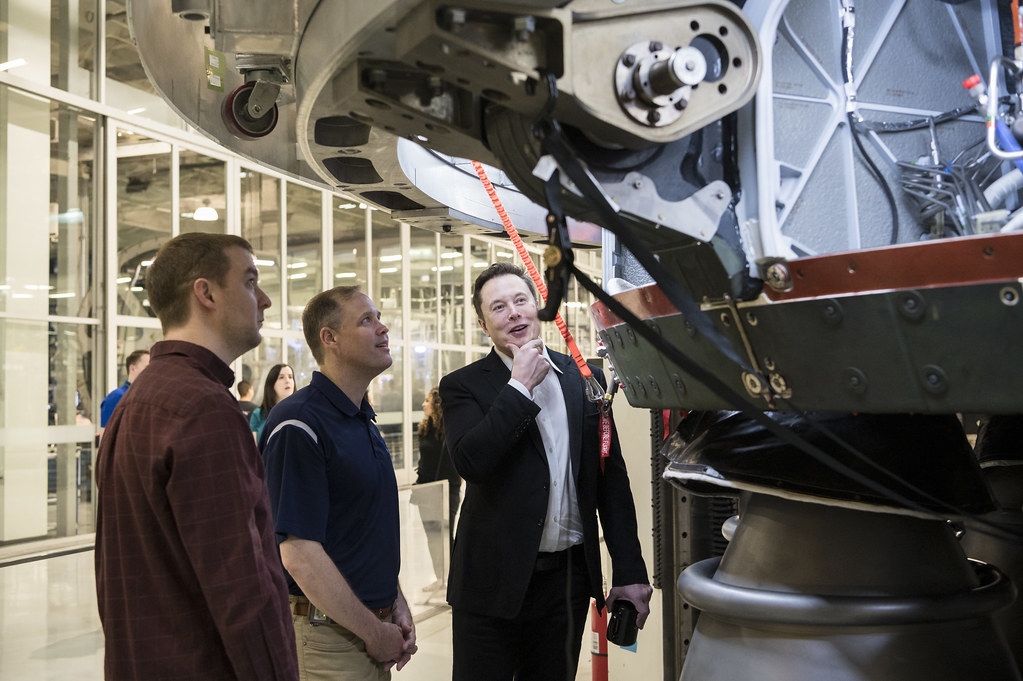Hyperloop One, conceptualized by Elon Musk, is a proposed high-speed transportation system aiming to revolutionize travel by combining the efficiency of rail with the speed of air travel. The idea, initially outlined by Musk in a white paper in 2013, envisions a near-supersonic system where passenger and cargo pods travel through a network of low-pressure tubes. The Hyperloop promises to transport people and goods at speeds exceeding 700 miles per hour (1,200 km/h), drastically reducing travel times.
Key Components of the Hyperloop Concept
- Low-Pressure Tubes: The core of the Hyperloop system involves sealed tubes from which most of the air is removed to create a near-vacuum environment. This low-pressure environment minimizes air resistance, allowing pods to travel at extremely high speeds with lower energy requirements.
- Electromagnetic Propulsion: Pods within the Hyperloop are propelled using linear electric motors. Magnetic levitation (maglev) reduces friction, enabling smoother and faster travel, while further enhancing energy efficiency.
- Passenger and Cargo Pods: These pods are specially designed for aerodynamic efficiency and passenger safety. Inside the capsules, passengers experience minimal turbulence, as the pods glide smoothly through the tubes.
- Sustainable Energy Use: Hyperloop aims to be an eco-friendly mode of transport by using solar panels mounted on the tubes to power the system, minimizing its carbon footprint and making it energy efficient.
Development and Progress
After Musk publicly shared his vision, several companies stepped in to develop the technology. Virgin Hyperloop One (formerly known as Hyperloop One) emerged as one of the key companies working toward bringing the concept to reality, with support from the Virgin Group and Richard Branson.
Key developments include:
- Testing and Prototypes: Virgin Hyperloop One built a test track in Nevada, where it successfully demonstrated the functionality of a reduced-scale Hyperloop system. The tests have shown that the technology can reach speeds of over 240 mph, although the ultimate goal remains speeds of over 700 mph.
- Collaborations and Projects: Virgin Hyperloop One has explored potential routes in the U.S., Middle East, Europe, and India. Some of the proposed routes include Los Angeles to San Francisco, and Dubai to Abu Dhabi, which could reduce travel times from hours to minutes.
Challenges and Future Prospects
While the Hyperloop presents an exciting vision of future transportation, it faces significant challenges, including high infrastructure costs, land acquisition, regulatory approval, and safety concerns for passenger travel in near-vacuum environments.
If successful, Hyperloop could redefine global transportation, making high-speed, long-distance travel more accessible and sustainable. The technology continues to evolve, with companies like Virgin Hyperloop One striving to make Musk’s vision a reality in the coming decades.
